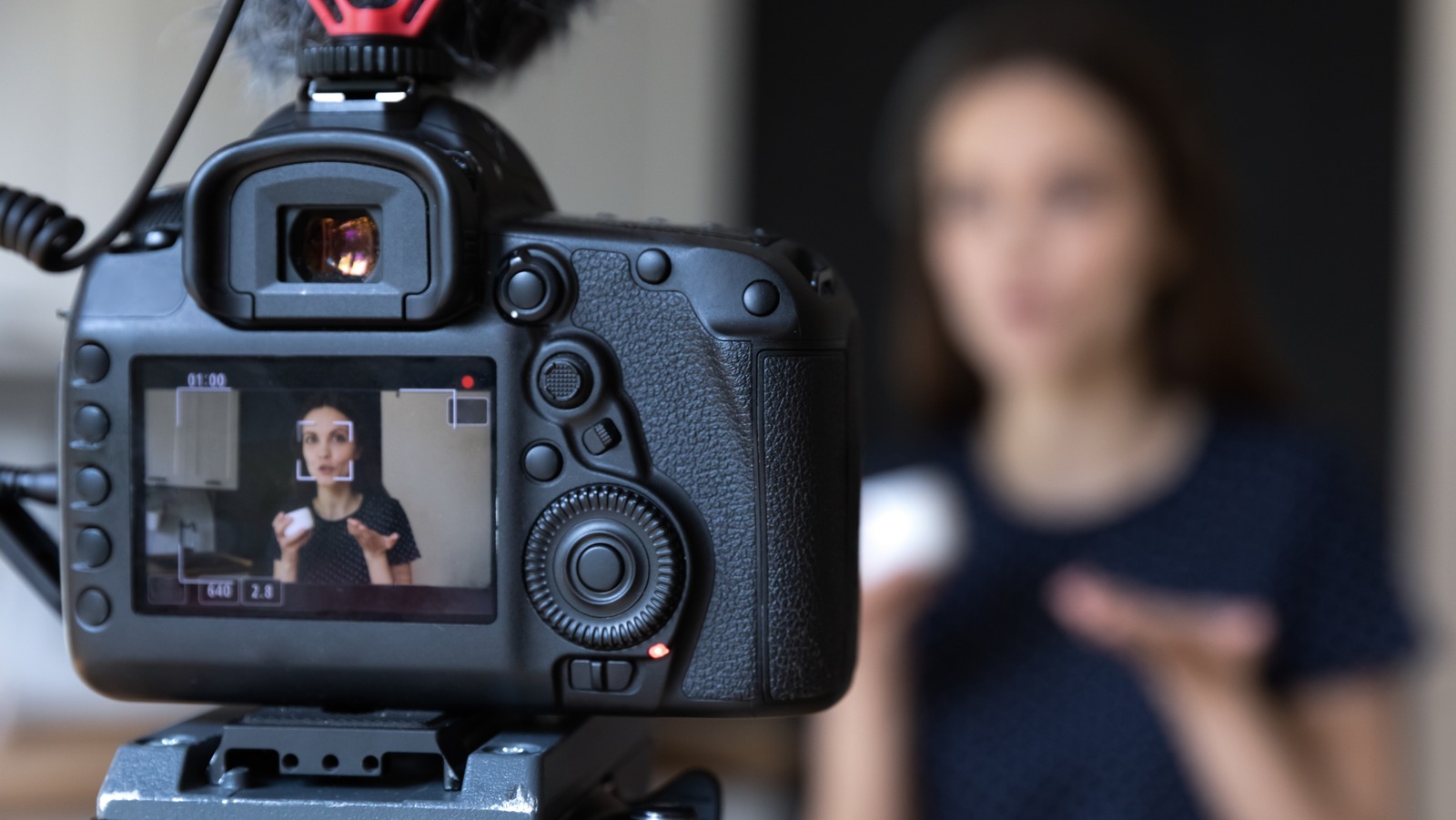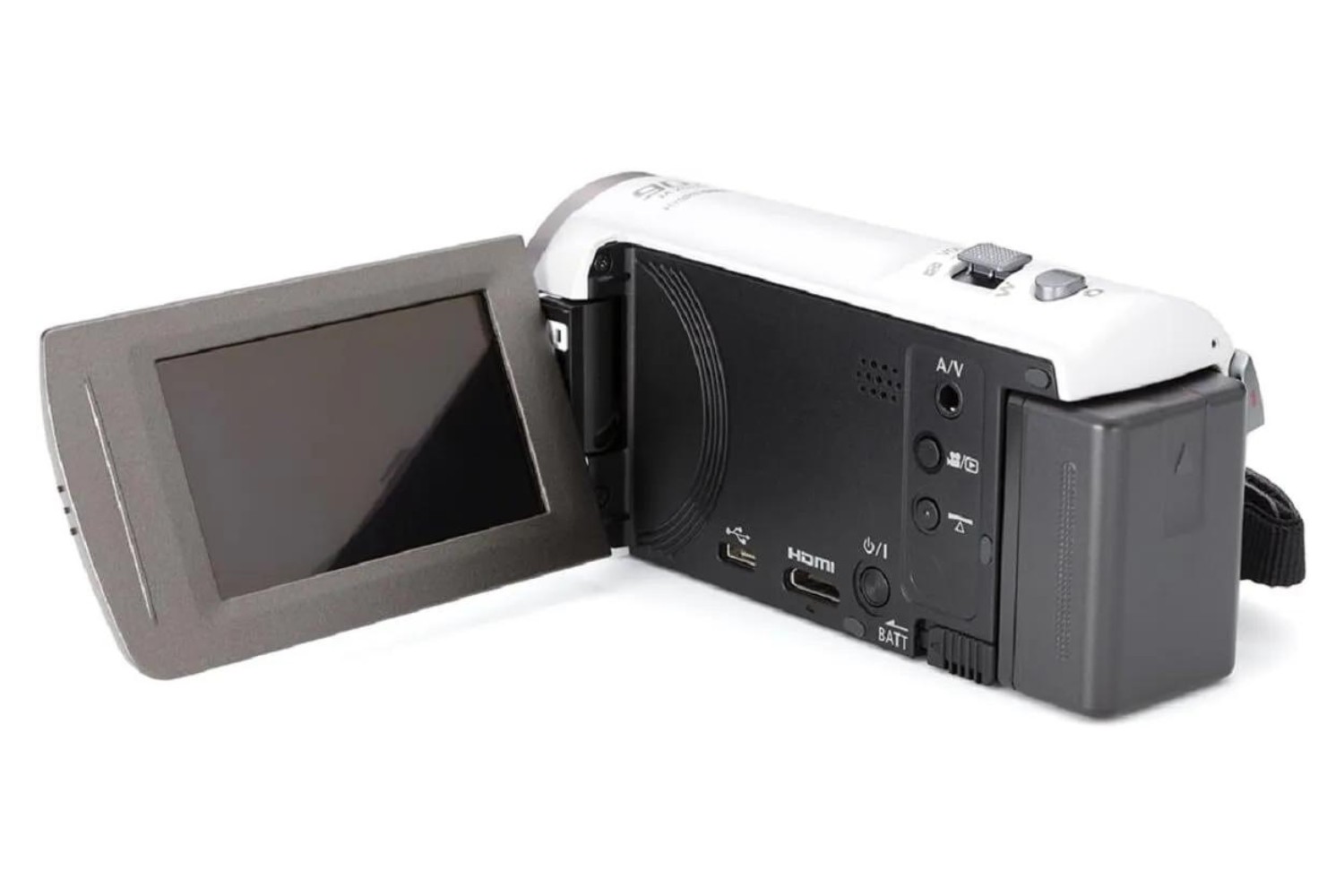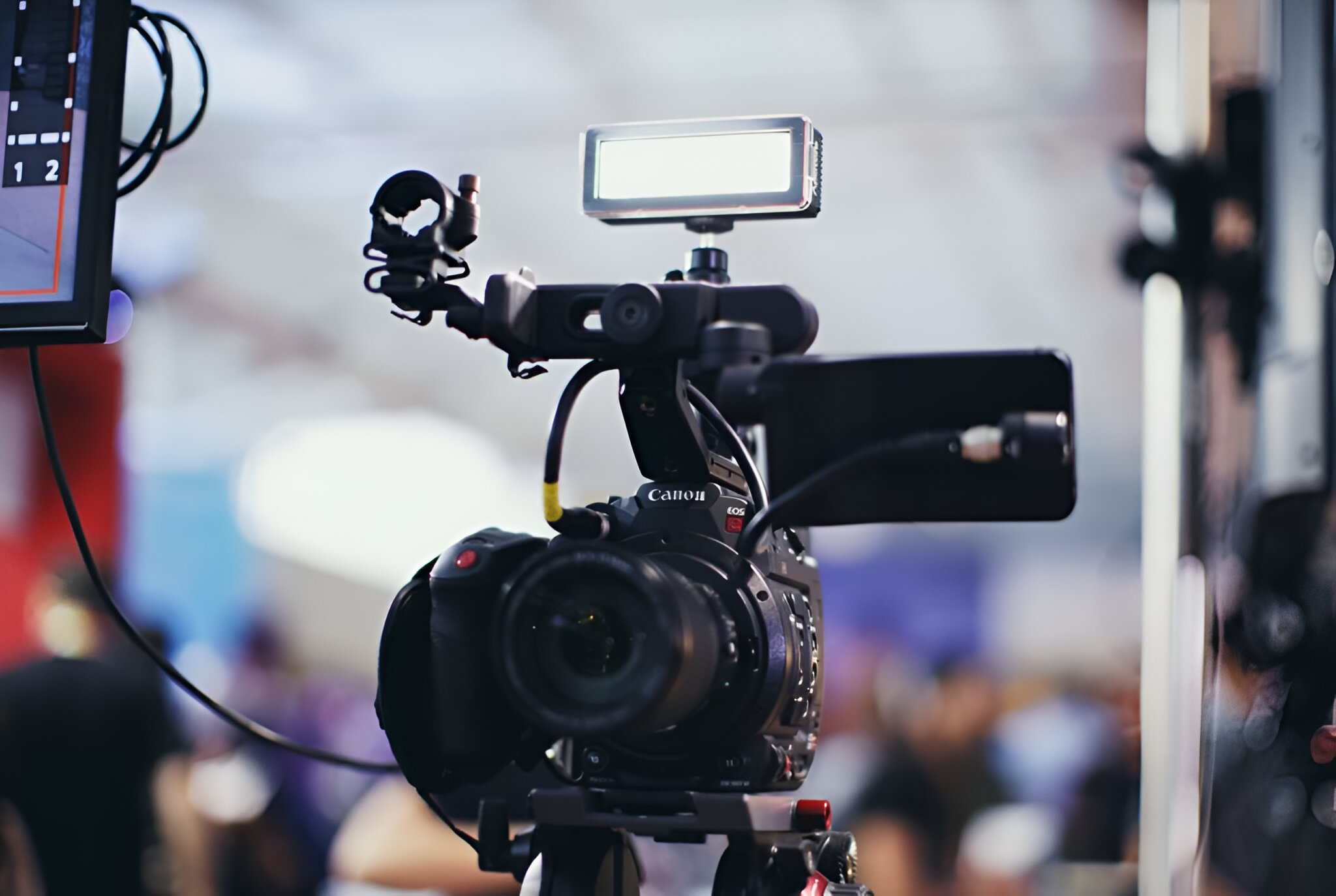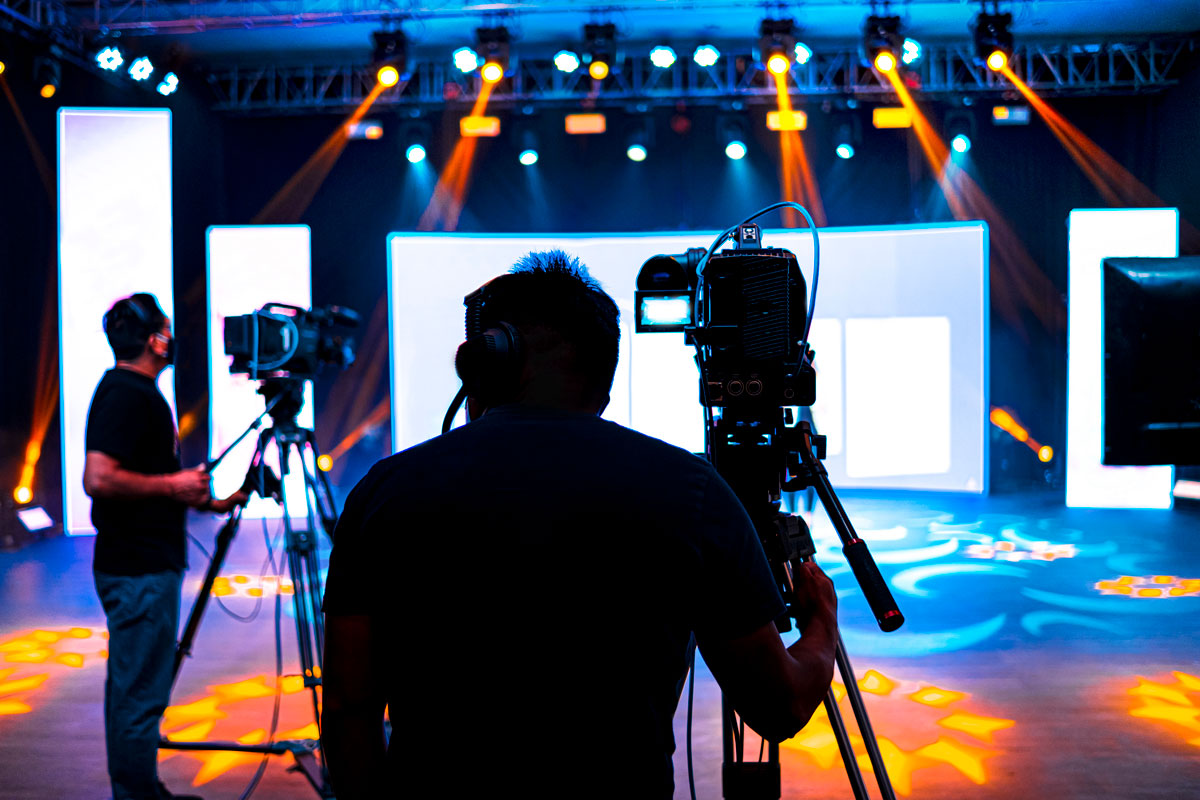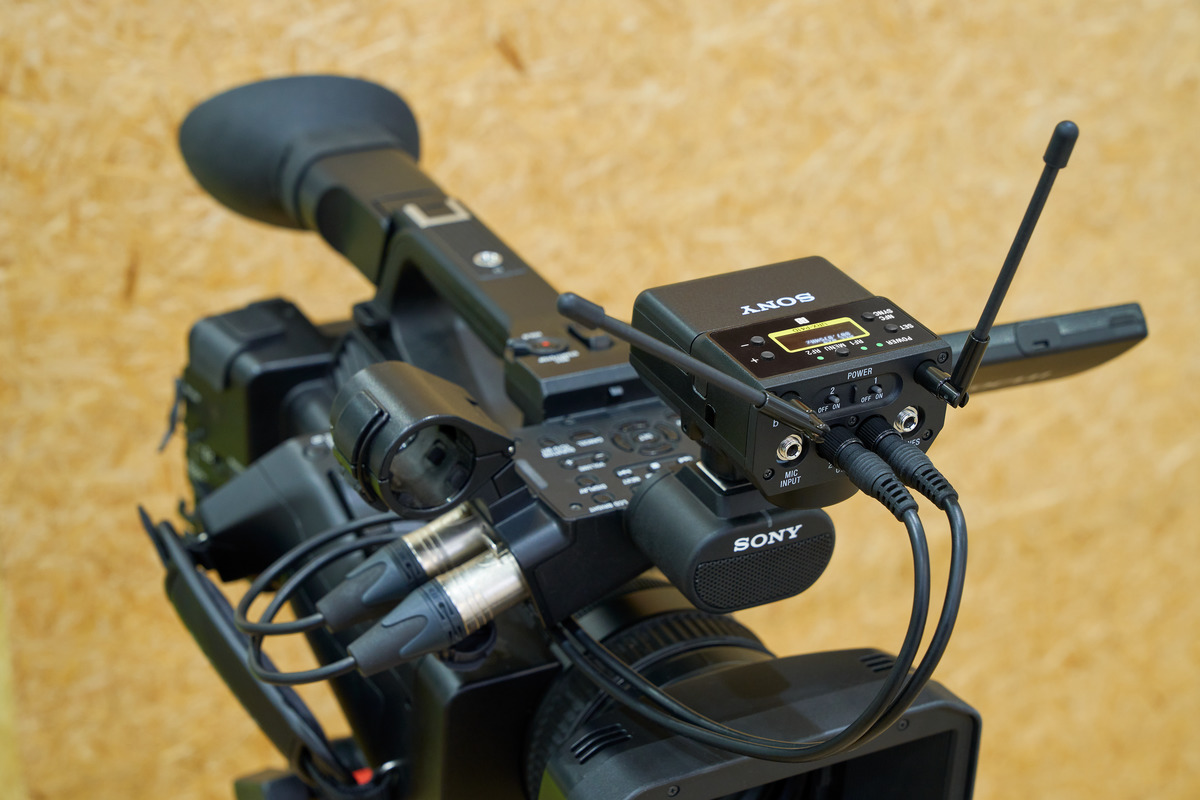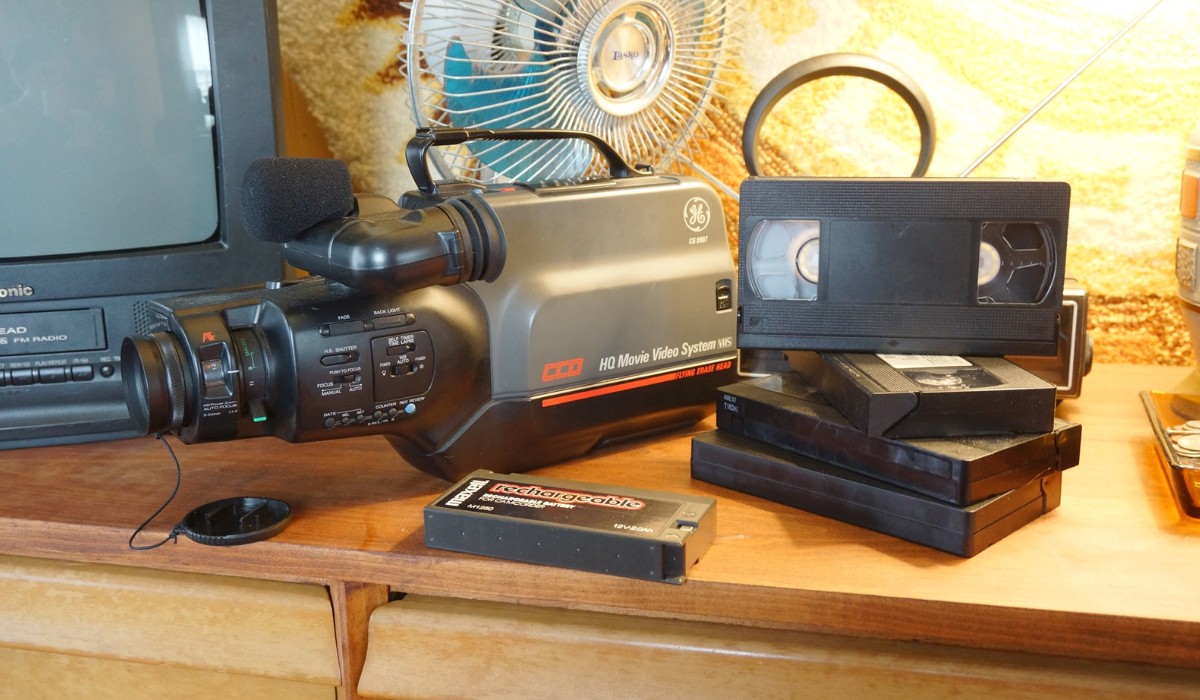Introduction
When it comes to capturing moments in lowlight conditions, having the right tool for the job can make all the difference. Whether you’re filming a nighttime event, capturing the ambiance of a dimly lit setting, or shooting in challenging lighting conditions, a good lowlight camcorder can elevate the quality of your footage. It’s essential to consider various factors when choosing a lowlight camcorder to ensure that it meets your specific needs.
From sensor size and aperture to ISO range and image stabilization, each aspect plays a crucial role in determining a lowlight camcorder’s performance in challenging lighting situations. Understanding these key features and their impact on lowlight performance can help you make an informed decision when selecting the right camcorder for your needs.
In this guide, we’ll explore the essential factors to consider when looking for a good lowlight camcorder. By understanding these elements, you can confidently navigate the market and find a camcorder that excels in capturing high-quality footage in lowlight conditions.
Sensor Size
The sensor size of a camcorder is a critical factor that significantly influences its performance in lowlight conditions. Generally, larger sensors have the ability to capture more light, resulting in better lowlight performance. When comparing lowlight camcorders, consider the size of their sensors, typically measured in inches or millimeters. Common sensor sizes include 1/2.3″, 1″, and Micro Four Thirds, among others.
A larger sensor allows for improved light sensitivity, which is particularly beneficial in lowlight environments. With a larger surface area, the sensor can capture more light, resulting in clearer and more detailed footage, even in dimly lit settings. Additionally, larger sensors often produce better depth of field, allowing for more creative control over the focus and background blur in lowlight scenes.
When selecting a lowlight camcorder, prioritize models with larger sensor sizes, as they are better equipped to handle challenging lighting conditions. While smaller sensors may offer portability and cost-effectiveness, they may struggle to deliver optimal performance in lowlight settings. Ultimately, the sensor size plays a pivotal role in determining the lowlight capabilities of a camcorder, making it a crucial consideration for those seeking high-quality footage in challenging lighting scenarios.
Aperture
The aperture of a lowlight camcorder’s lens is another key factor that significantly impacts its performance in challenging lighting conditions. The aperture, measured in f-stops, determines the amount of light that can pass through the lens to reach the sensor. A wider aperture, indicated by a lower f-stop number (e.g., f/1.8), allows more light to enter the lens, making it particularly advantageous in lowlight environments.
Camcorders with wider apertures excel in lowlight performance, as they can capture more light, resulting in brighter and clearer footage. This capability is especially valuable when filming in dimly lit settings or during nighttime events, where adequate lighting may be limited. Additionally, a wider aperture enables the camcorder to achieve a shallower depth of field, creating a pleasing background blur and drawing attention to the subject in lowlight scenes.
When evaluating lowlight camcorders, prioritize models with wider maximum apertures, such as f/1.8 or lower, as they can significantly enhance the quality of footage captured in lowlight conditions. While smaller apertures (higher f-stop numbers) may offer greater depth of field and sharpness in well-lit environments, they can pose limitations in lowlight settings by restricting the amount of available light that reaches the sensor.
Understanding the importance of aperture in lowlight performance is essential for selecting a camcorder that can deliver exceptional results in challenging lighting conditions. By prioritizing models with wider apertures, videographers can ensure that their lowlight footage is characterized by clarity, brightness, and visual impact, even in the absence of ample lighting.
ISO Range
The ISO range of a lowlight camcorder is a crucial specification that directly influences its performance in challenging lighting conditions. ISO measures the sensor’s sensitivity to light, with higher ISO settings allowing for greater sensitivity and the ability to capture well-exposed footage in lowlight environments. When evaluating lowlight camcorders, it’s essential to consider the available ISO range and its impact on lowlight performance.
A broader ISO range provides videographers with the flexibility to adjust the camcorder’s sensitivity to light, making it possible to capture clear and detailed footage in lowlight settings. Higher ISO settings enable the sensor to amplify available light, resulting in brighter images, reduced noise, and enhanced overall clarity. This capability is particularly valuable when filming in dimly lit environments, such as indoor settings or nighttime scenes, where natural light may be limited.
When selecting a lowlight camcorder, prioritize models with a wide ISO range, encompassing both low and high settings. A broad ISO range equips videographers with the versatility to adapt to various lighting conditions, ensuring that they can achieve optimal exposure and image quality in challenging lowlight scenarios. Additionally, camcorders with excellent lowlight performance often feature effective noise reduction algorithms, minimizing the visual artifacts that may arise when using higher ISO settings.
Understanding the significance of the ISO range in lowlight performance is essential for videographers seeking to capture high-quality footage in challenging lighting conditions. By selecting a lowlight camcorder with a broad ISO range and effective noise reduction capabilities, videographers can confidently capture clear, well-exposed footage in lowlight environments, elevating the visual impact of their productions.
Lowlight Performance
Lowlight performance is a critical aspect to consider when evaluating camcorders, especially for videographers who frequently work in challenging lighting conditions. A camcorder’s ability to deliver exceptional lowlight performance is determined by a combination of factors, including sensor size, aperture, ISO range, and image processing capabilities. Understanding how these elements contribute to a camcorder’s performance in lowlight environments is essential for selecting a model that can consistently produce high-quality footage under challenging lighting conditions.
Camcorders with superior lowlight performance excel in capturing clear, well-exposed footage in dimly lit settings, offering videographers the flexibility to work in a wide range of environments without compromising on image quality. These camcorders often feature larger sensors, wider apertures, and broad ISO ranges, allowing them to effectively capture and amplify available light, resulting in bright, detailed footage with minimal noise. Additionally, advanced image processing technologies further enhance lowlight performance by optimizing color accuracy, contrast, and overall image clarity in challenging lighting conditions.
When evaluating lowlight performance, it’s important to consider real-world usage scenarios, such as indoor events, nighttime filming, and low-light natural settings. A camcorder’s ability to maintain image quality and clarity in these environments is a testament to its lowlight performance capabilities. Videographers can benefit greatly from camcorders that consistently deliver exceptional lowlight performance, as it allows them to capture compelling footage without being limited by lighting conditions.
By prioritizing lowlight performance when selecting a camcorder, videographers can ensure that their productions maintain high visual standards, regardless of the lighting challenges they may encounter. Whether documenting events, capturing cinematic scenes, or producing content in lowlight settings, a camcorder with exceptional lowlight performance empowers videographers to achieve their creative vision with confidence and precision.
Image Stabilization
Image stabilization is a crucial feature in lowlight camcorders, particularly for videographers who need to capture steady footage in challenging lighting conditions. This technology plays a vital role in reducing the impact of camera shake and movement, resulting in smoother, more professional-looking footage, even in lowlight environments. When evaluating lowlight camcorders, it’s essential to assess the effectiveness of their image stabilization systems and understand how they contribute to the overall quality of footage captured in challenging lighting scenarios.
Camcorders equipped with advanced image stabilization mechanisms, such as optical or electronic stabilization, are capable of compensating for unwanted camera movements, ensuring that footage remains steady and free from the blurring or jitters often associated with handheld shooting. In lowlight settings where slower shutter speeds may be necessary to capture sufficient light, effective image stabilization becomes even more critical in maintaining the clarity and sharpness of the footage.
Furthermore, some lowlight camcorders feature specialized lowlight-specific stabilization modes designed to optimize performance in dimly lit environments. These modes are tailored to address the unique challenges of capturing steady footage in lowlight, providing videographers with enhanced stability and control over their shots, even in situations with limited available light.
By prioritizing image stabilization in lowlight camcorders, videographers can ensure that their footage remains visually engaging and free from the distractions of camera shake, even in challenging lowlight environments. Whether filming events, documentaries, or cinematic sequences in dimly lit settings, a camcorder with effective image stabilization empowers videographers to capture steady, professional-quality footage with confidence and precision.
Autofocus Performance
The autofocus performance of a lowlight camcorder is a critical consideration for videographers who need to capture sharp, well-focused footage in challenging lighting conditions. An effective autofocus system is essential for maintaining clarity and precision, especially when working in lowlight environments where achieving and sustaining focus can be more challenging. When evaluating lowlight camcorders, it’s important to assess the capabilities of their autofocus systems and understand how they contribute to the overall quality of footage captured in dimly lit settings.
Advanced autofocus systems found in high-quality lowlight camcorders offer features such as fast and accurate focus acquisition, low-light sensitivity, and reliable subject tracking, ensuring that videographers can consistently capture sharp, well-focused footage, even in challenging lighting conditions. These systems are designed to adapt to various lowlight scenarios, allowing videographers to maintain control over focus and achieve optimal image sharpness, regardless of the available light.
Furthermore, some lowlight camcorders feature specialized lowlight-specific autofocus modes that are specifically tailored to enhance focus performance in dimly lit environments. These modes optimize the autofocus system’s sensitivity and response to ensure reliable focus acquisition and tracking, even in situations with limited available light.
By prioritizing autofocus performance when selecting a lowlight camcorder, videographers can confidently capture clear, well-focused footage in challenging lowlight environments. Whether documenting events, capturing cinematic scenes, or producing content in lowlight settings, a camcorder with exceptional autofocus performance empowers videographers to achieve their creative vision with precision and clarity, regardless of the lighting challenges they may encounter.
Lowlight Accessories
When working in lowlight environments, having the right accessories can significantly enhance a camcorder’s performance and the overall quality of footage captured. Various accessories are specifically designed to address the challenges of filming in dimly lit settings, providing videographers with the tools they need to optimize their lowlight capabilities and achieve exceptional results. Understanding the role of these accessories and their impact on lowlight performance is essential for videographers seeking to elevate the quality of their footage in challenging lighting conditions.
One essential accessory for lowlight videography is a high-quality external light source, such as an LED panel or a dedicated on-camera light. These lights provide additional illumination in lowlight settings, allowing videographers to enhance the visibility of their subjects and create well-exposed, visually engaging footage. Additionally, diffusers and modifiers can be used to soften and shape the light, providing greater control over the lighting conditions and ensuring that the footage maintains a professional, polished look.
Another valuable accessory for lowlight videography is a stable and reliable support system, such as a tripod or a stabilizing rig. These tools are essential for minimizing camera shake and maintaining steady, well-composed shots in challenging lowlight environments. By providing a stable platform for the camcorder, these accessories contribute to the overall clarity and professionalism of the footage, even in situations with limited available light.
Furthermore, investing in high-quality lenses with wide apertures and advanced optical characteristics can significantly enhance a camcorder’s lowlight performance. Lenses designed for lowlight videography offer superior light-gathering capabilities, allowing videographers to capture brighter, more detailed footage in dimly lit settings. Additionally, specialized lowlight lenses may feature advanced optical coatings and elements that minimize aberrations and maximize image quality, ensuring that the footage maintains exceptional clarity and sharpness, even in challenging lighting conditions.
By incorporating these accessories into their lowlight videography toolkit, videographers can effectively address the challenges of filming in dimly lit settings and achieve outstanding results. Whether documenting events, capturing cinematic scenes, or producing content in lowlight environments, the right accessories can empower videographers to elevate the visual impact and professionalism of their footage, ensuring that their creative vision is realized with precision and excellence.







